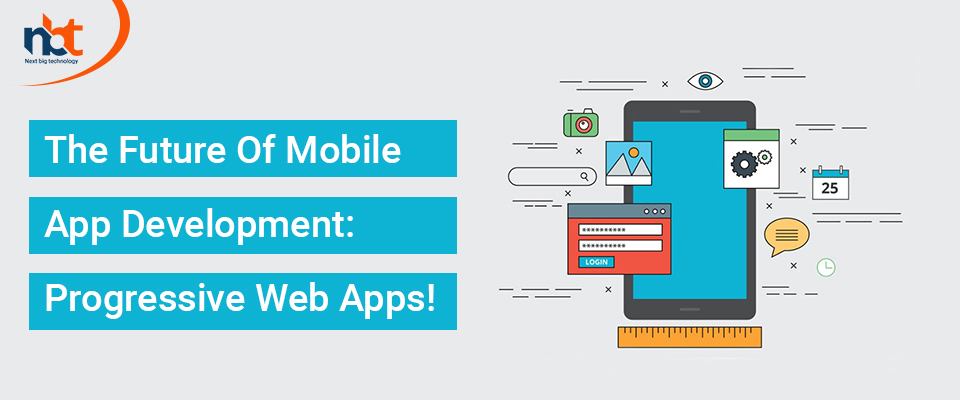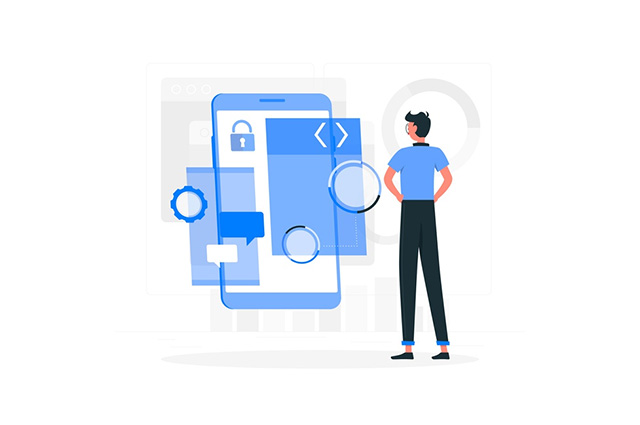PWA, the future of mobile applications
That the Internet is increasingly mobile is nothing new. According to the latest survey of Navigators, 92.6% of Spaniards access the Internet through their smartphones. Due to this ‘mobilization,’ all web pages must be optimized for mobile devices. To do this, we can use a responsive design, AMP technology, or Progressive Web Applications (PWA).
But, mobile phones have not only gained ground to laptops in being the most used device for browsing the Internet. The development of all these technologies has the same origin: to provide users with the best possible experience. And they also share responsibly: Google.
What is a PWA
A PWA is an application solution that uses the latest technology available for browsers to offer the most similar experience to a native application on mobile phones. This type of web application converts a normal web page into an application accessible from any medium. It is no longer that the web can adapt to the screen of the device, as with responsive design. It seems that the application has been expressly created for different devices.
As usual, the first to experiment with these new applications were large companies. Facebook, or Twitter, and Google itself, started a path that is now available to everyone.
Also read: Latest Tech Stack for Mobile App Development In 2021
Characteristics of a PWA
They are not conditioned by connectivity. A PWA can function even when the connection fails. This is because the minimum HTML, CSS, and JavaScript information required for the application to run is cached.
They charge instantly. In addition to the design, this is one of the reasons why the user believes that he is interacting with a native app. The loading and browsing speed is usually two of the main causes that influence the abandonment of a website. If the web takes more than 3 seconds to load or responds slowly, we will end up abandoning it.
Safe and up-to-date. To access a PWA, it is unnecessary to download it from a Play Store or Apple Store. And it is not necessary to download the corresponding security updates. PWAs are automatically updated to always provide the best user security. Furthermore, they use a secure HTTPS transfer protocol.
They allow you to interact with the device. Before only native applications could send push notifications to the user, now PWAs interact with him directly. It is no longer necessary to open the application to receive messages, and browsing takes care of sending them to the user.
They can be docked to the start menu. Although a PWA works through a browser, it is possible to create easy access on the Smartphone home screen.
Also read: A Complete Guide to the Mobile App Development Future
The apps of the mobile future
To make accessing a Progressive Web App easier, they can be anchored to the Smartphone’s home screen as if it were a native application. In addition to the speed and ability to convert to devices, PWAs increase user spending on a website and the conversion rate.
For all these reasons, PWAs may be the nearest future for smartphone applications. Likewise, the Progressive Web App’s development time is less than that of a native application, and its maintenance is also much easier.
Thanks for reading our post “The Future Of Mobile App Development: Progressive Web Apps!”, please connect with us for any further inquiry. We are Next Big Technology, a leading web & Mobile Application Development Company. We build high-quality applications to full fill all your business needs.













